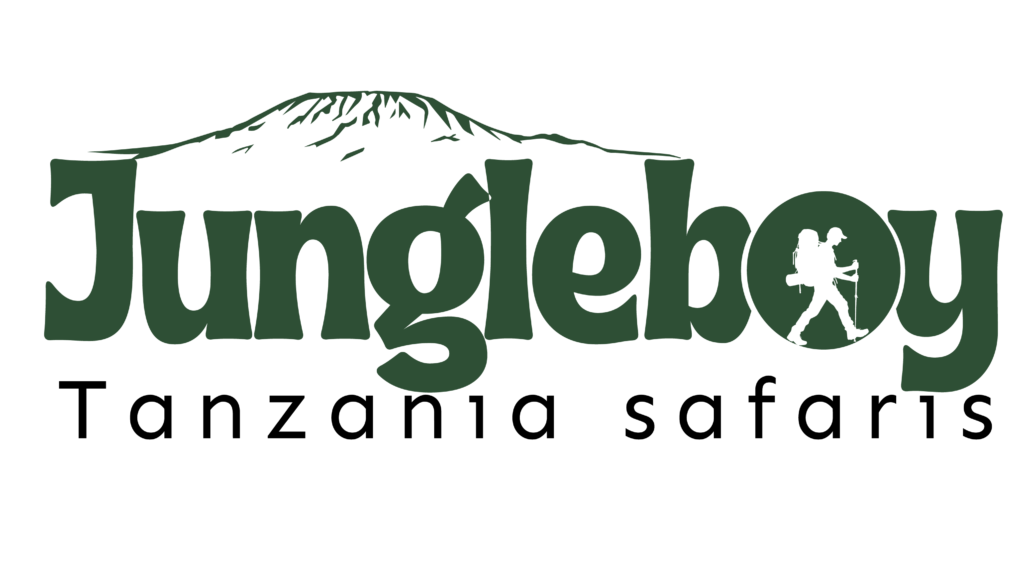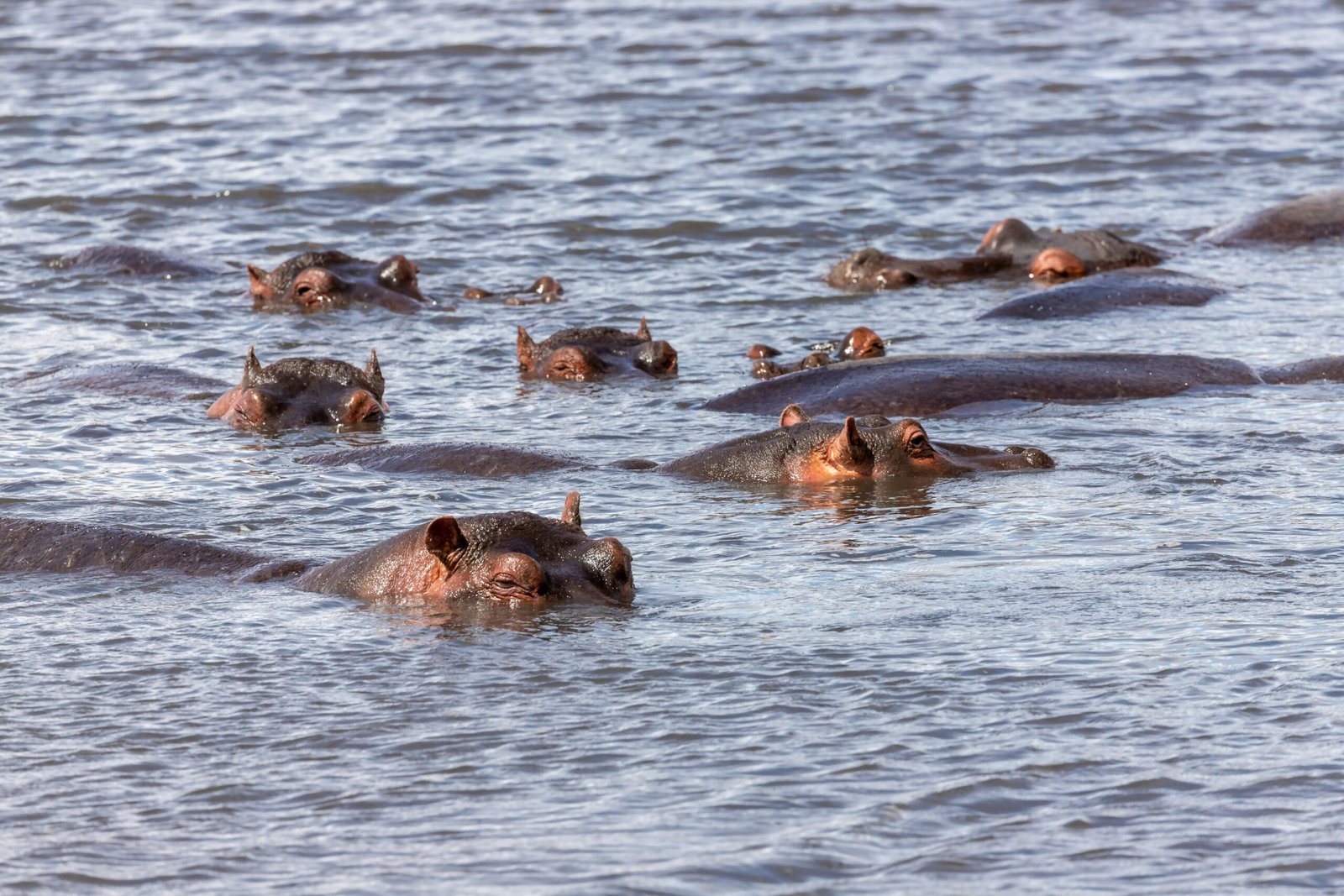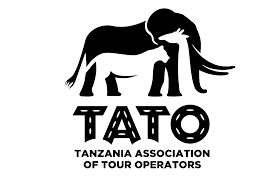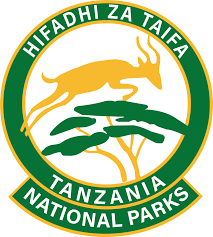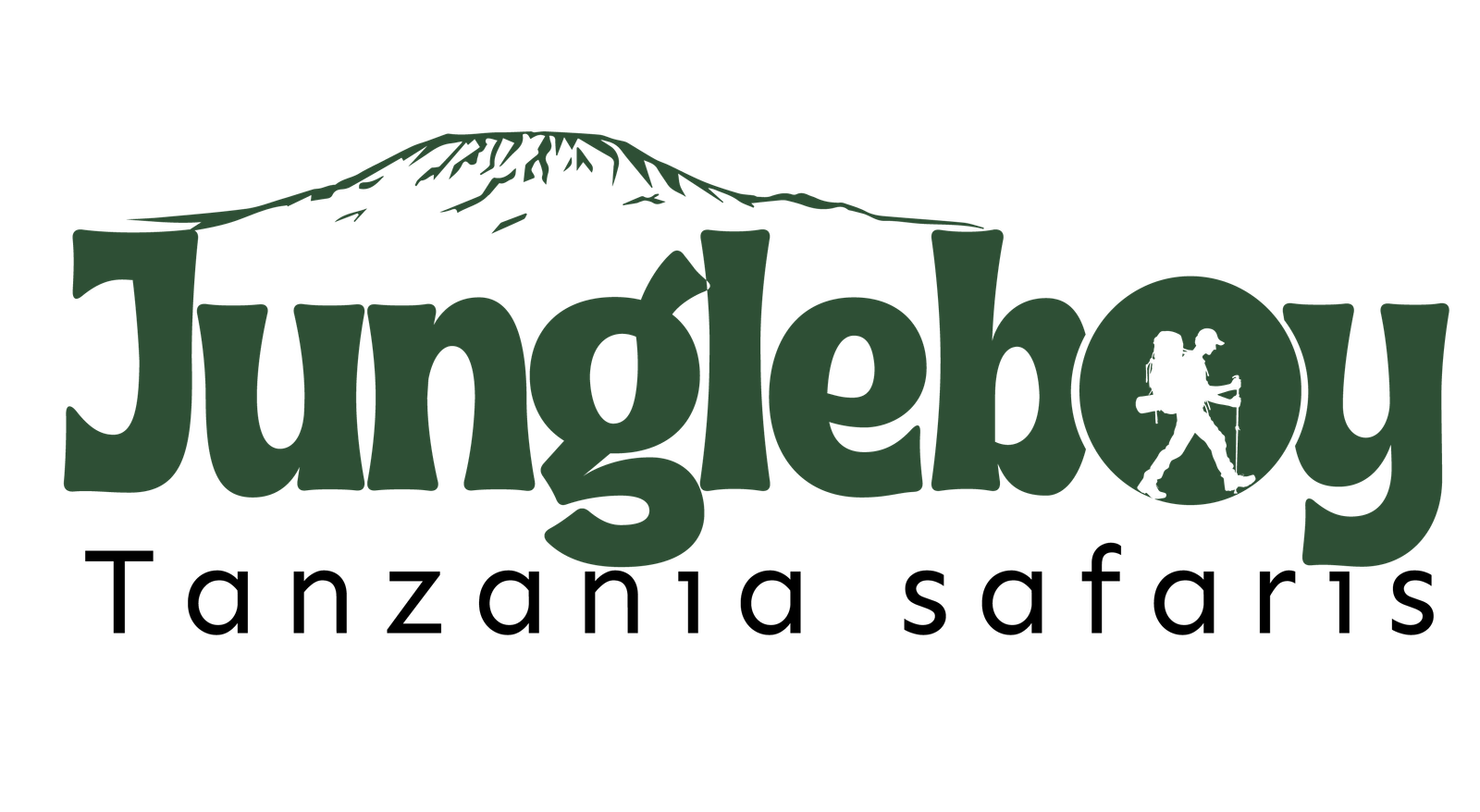A Kenya safari offers a once-in-a-lifetime opportunity to explore the breathtaking wildlife and diverse landscapes, but the cost of such an adventure can vary widely depending on several factors. Understanding these variables is key to planning a safari that fits both your budget and expectations. The cost of a Kenya safari typically depends on the type of accommodation, transportation, duration of the trip, the time of year, and the specific parks or reserves you plan to visit.
Accommodation Costs
Accommodation is one of the most significant factors influencing the overall cost of a Kenya safari. Kenya offers a range of options, from budget-friendly camping to luxurious lodges and tented camps.
- Budget Options: For those looking to keep costs low, budget accommodations such as public campsites and simple lodges are available. Prices for budget accommodation range from $150 to $300 per person per night, including basic amenities like tents or simple rooms with shared facilities. These options are ideal for travelers who prefer a more rustic experience and don’t mind forgoing some of the comforts of luxury lodging.
- Mid-Range Options: For those seeking a bit more comfort and additional services, mid-range tented camps or lodges are available. These accommodations typically cost between $400 and $600 per person per night and offer more luxurious tents, en-suite bathrooms, and full-board services. They are often situated in prime wildlife viewing areas, providing a balance of comfort and affordability.
- Luxury Options: For the ultimate safari experience, luxury lodges and exclusive tented camps are available, with prices ranging from $700 to over $1,500 per person per night. These high-end accommodations offer all-inclusive packages, including gourmet meals, private game drives, spa services, and personalized attention. Guests can enjoy exceptional wildlife encounters in more remote and private areas of the parks, with added comfort and exclusive experiences.
Transportation Costs
The way you travel to and within Kenya can also significantly impact the cost of your safari. There are several transportation options to consider:
- Road Transfers: Many safari operators offer road transfers from Nairobi to key safari destinations like Maasai Mara, Amboseli, and Tsavo. A one-way road transfer for a group can cost anywhere from $150 to $300 per vehicle. While more economical for groups, road transfers can be time-consuming, especially if you’re traveling long distances.
- Domestic Flights: Flying is a faster way to access remote safari destinations, and many safari companies offer domestic flights between Nairobi and popular parks such as Maasai Mara, Amboseli, and Serengeti. Flight costs typically range from $250 to $400 per person one way. Although more expensive than driving, flying saves valuable time, especially for travelers on tight schedules.
- Private Safari Vehicles: For a more personalized experience, travelers can opt for private safari vehicles with a driver-guide. Prices for renting a private vehicle can range from $200 to $350 per day, depending on the type of vehicle, size of the group, and the park. This option provides flexibility, comfort, and a tailored experience, though it is more expensive than group safaris.
Seasonal Pricing
The time of year you choose to go on your Kenya safari will influence the cost of your trip. Kenya has distinct high, low, and shoulder seasons, each offering different experiences and pricing.
- High Season (June to October): The high season coincides with the dry season, which runs from June to October, and is one of the best times to witness the Great Migration in Maasai Mara. The demand for accommodation, tours, and flights is highest during these months, and prices typically increase by 20% to 50%. The dry conditions make wildlife viewing easier, but the higher prices may not fit within every traveler’s budget.
- Low Season (April to May): The low season, characterized by heavy rains, occurs between April and May. During this time, many tourists avoid visiting due to the wet weather, making it the most affordable time for a safari. Accommodations and tours are often discounted by 30% to 40%, and you’ll enjoy fewer crowds. However, some areas may become less accessible due to mud and rain.
- Shoulder Season (November to March): The shoulder season, which falls between November and March, offers a balance of lower prices and good wildlife viewing opportunities. While the weather is generally pleasant, you may also have the chance to witness the calving season in the southern Serengeti (in the months of February and March). Prices are moderate compared to the high season, making it an attractive option for budget-conscious travelers who still want to experience Kenya’s diverse wildlife.
Park Fees and Additional Costs
Apart from accommodation and transportation, park fees are an essential part of your safari budget. These fees are paid directly to the parks and reserves and are used to maintain and protect Kenya’s wildlife and habitats. The fees vary depending on the park or reserve and whether you’re a resident or non-resident.
- Park Entrance Fees: For non-residents, park entrance fees typically cost between $60 and $80 per adult per day, with children’s tickets costing around $20 to $25 per day. These fees help maintain the parks and fund conservation efforts. The entrance fees may vary depending on the park or reserve, with more famous parks like Maasai Mara charging higher fees than less visited reserves like Samburu.
- Camping Fees: If you choose to camp in public campsites, there are additional fees of about $30 to $50 per person per night. Some lodges and campsites may include these costs in their all-inclusive packages.
- Concession Fees: Many private lodges and conservancies charge concession fees for exclusive access to their wildlife areas. These fees can range from $50 to $100 per person per night and are usually included in the cost of staying at luxury lodges or exclusive tented camps.
Additional Activities
Kenya offers several additional activities that can enhance your safari experience, but these will come at an extra cost. Some of the popular add-ons include:
- Hot Air Balloon Safari: One of the most unique ways to experience the Maasai Mara is by taking a hot air balloon ride, which typically costs between $400 and $500 per person. The ride offers a breathtaking bird’s eye view of the plains and wildlife, followed by a champagne breakfast.
- Cultural Visits: Visiting a Maasai village or learning about the local tribes can cost around $50 to $100 per person. This is an excellent way to immerse yourself in the culture and traditions of Kenya.
- Guided Walking Safaris: Offered in some parks and conservancies, walking safaris typically cost $75 to $150 per person. This activity offers a closer, more intimate look at the wildlife and their environment, accompanied by an expert guide.
